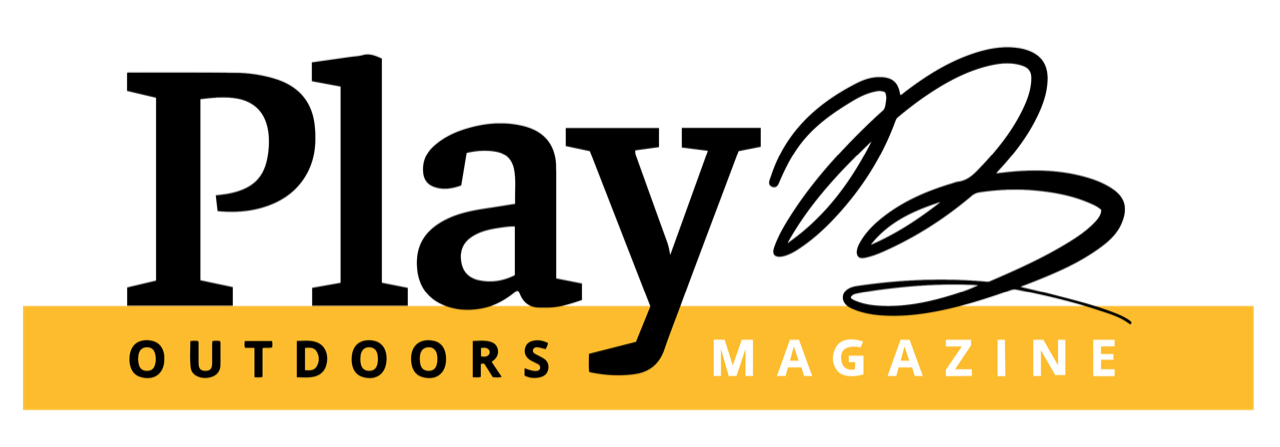Loris Malaguzzi has challenged educators to provide children with environments that offer them opportunities to exercise their curiosity in a variety of places and with an array of materials. Malaguzzi identified that “Our task, regarding creativity, is to help children climb their own mountains, as high as possible. No one can do more.” For me, this means educators position materials in unique places for children to discover in the environment.
As I think about ways in which adults might add provocations to children’s environments, I am reminded of how children are attracted to mirrors. I classify mirrors as an open-ended, loose part accessory because of the various ways in which children use them. In this blog, I share how mirrors provide opportunities to increase children’s visual senses, experimentation, discoveries, and new knowledge about light and reflection.
Mirrors are predominately found in the indoor dramatic centres. Think about what children do when near a mirror. They might make movements and funny faces in front of mirrors. Now, imagine the possibilities of how mirrors could add more experimentation and discoveries with children.
Think what they might discover if they build a tower on a mirror. What might children discover about reflections and how light and movement influence what they see? What and how might children’s experimentations with mirrors differ outdoors from indoors? Imagine what new fascinations might be sparked if mirrors are placed in their outdoor environments, under a tree.

Below, I share ideas about how mirrors might contribute to children making an array of discoveries associated with personal characteristics, science, creativity, language, dramatic, and reconstruction principles. How might the ideas that I share support children in discovering new knowledge about space and place perspectives, symmetry, and asymmetrical designs? What additional ideas might children exhibit when mirrors are incorporated into their environment?
Placing mirrors near natural loose parts under a tree
Mirrors align with children learning about reflections and properties of light. Imagine what happens when children find mirrors leaned up against a tree or near a large rock with leaves, twigs, sticks, grass, flowers, rocks, and other natural treasures nearby? How might these combined items contribute to children’s creativity and visual senses?
Offering mirrors and puppets in the same space

Placing puppets near mirrors contribute to children experimenting with various movements of the puppets. Puppet play increases the types of language children use and the stories that they create. Children often begin to share their musical expressions in front of a mirror via puppets. Puppets often become imaginary friends, resulting in children sharing their feelings, including stressors that are troubling them.
Creating block structures on mirrors
When mirrors are used during a construction project, the visual observations might lead children to reconfigure how they think about and create their structure. Children have the opportunity to note body movements and with practice, develop deeper predictability skills of what will happen depending on the placement of and types of blocks used for the structure.
Putting water and mirrors together
Mirrors placed in water tables or trays, add new experimentation and learning about reflection for children. Imagine what children might discover when loose parts such as silver cups, old CDs, or glass beads that glitter are placed as provocations near the water and mirror source. How might children’s experimentation lead them to develop new knowledge about reflections, shape, colour, or symmetry? Encourage children to compare the images when the water is still and when they swirl it. How does the process of sinking and floating change with mirrors incorporated into the experience?

Using mirrors in creative expression
Mirrors of various sizes and shapes combined with art materials, add to children’s expression of creativity. For example, when mirrors are used as a foundation base for children when sculpting with clay it adds a three-dimensional perspective to the process. Mirrors serve as a unique painting surface with sponges or fingers or for print making. Design experimentation can be extended when mirrors are used with sand and dowels. Combining mirrors with art adds complexity because of the unique perceptions that children view including the reflections, mirror images, colours, symmetry, and asymmetrical attributes that they experience during the creative process. What might happen if two or more children engage in creative experiences on mirrors together?
Creating sandcastles on mirrors
Imagine the discoveries that children might make if they create a sandcastle either on a long mirror or in front of a mirror. In addition to the sensory experience, children can experiment with how they make lines and patterns in the sand. Children might discover new ways to create form, shapes, and angles of the various elements of their sandcastles as they observe how their handwork influences the formation of the castle.
As I think about children’s quest for exploration and discovery, I view mirrors as having many possibilities that contribute to children’s knowledge creation. I encourage educators to explore the possibilities and determine how the use of mirrors could be introduced or extended in various places and spaces. As well, how might you share your enthusiasm and discoveries about mirrors with the children? Engaging in trial and error and reflections help us to discover how small, medium, and large mirrors add new options for exploration and complexities to children’s play, experiences, and learning.
Just imagine the possibilities of a mirror beyond the wall.
Reference
- Malaguzzi, L. (1998). History, ideas and basic philosophy: An interview with Lella Gandini. In C. Edwards, L. Gandini, and G. Forman. (Eds.)
- The hundred languages of children: Advanced reflections (2nd ed.) (pp. 49-98). Westport, CT: Ablex Publishing.


0 Comments